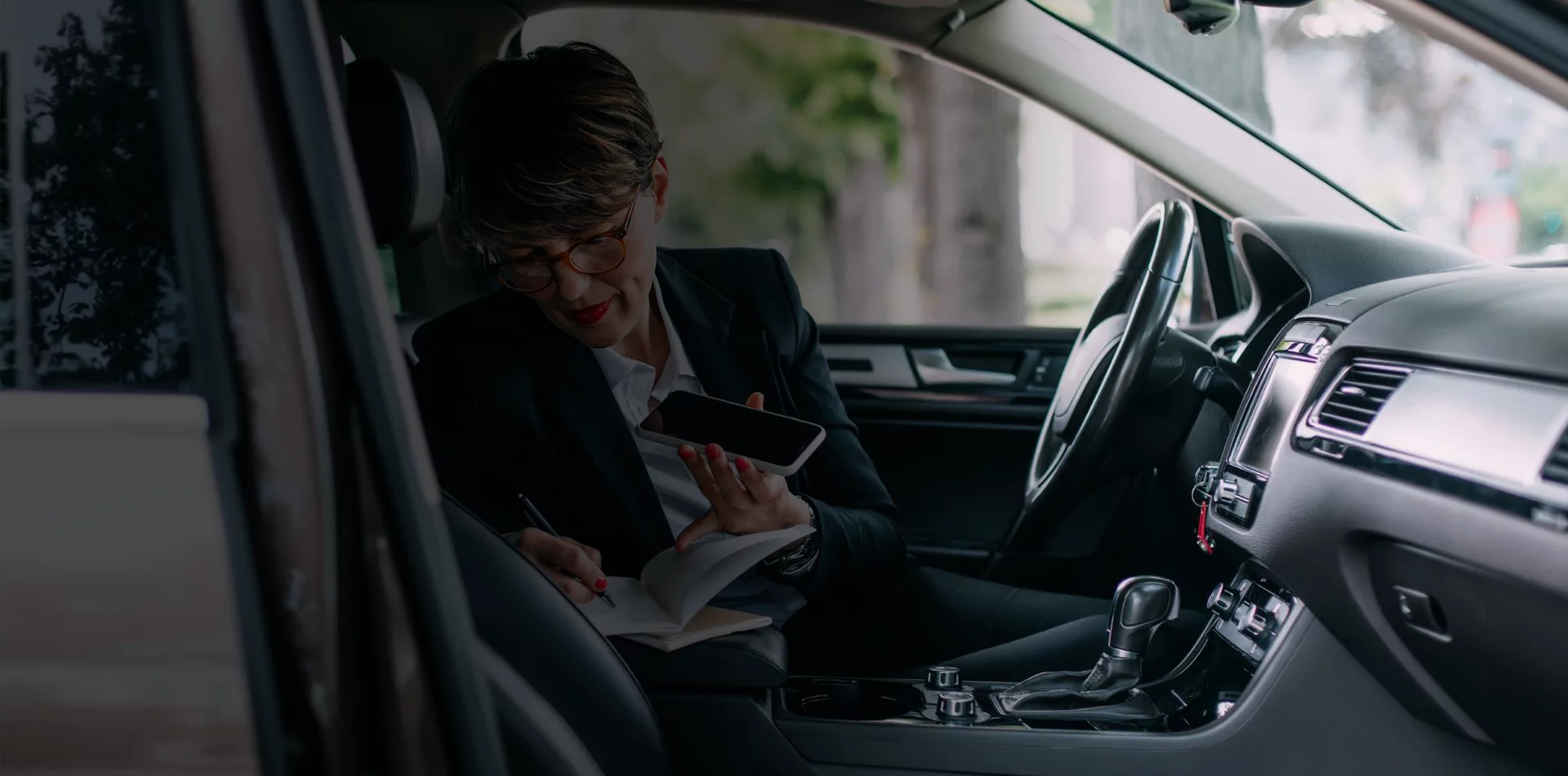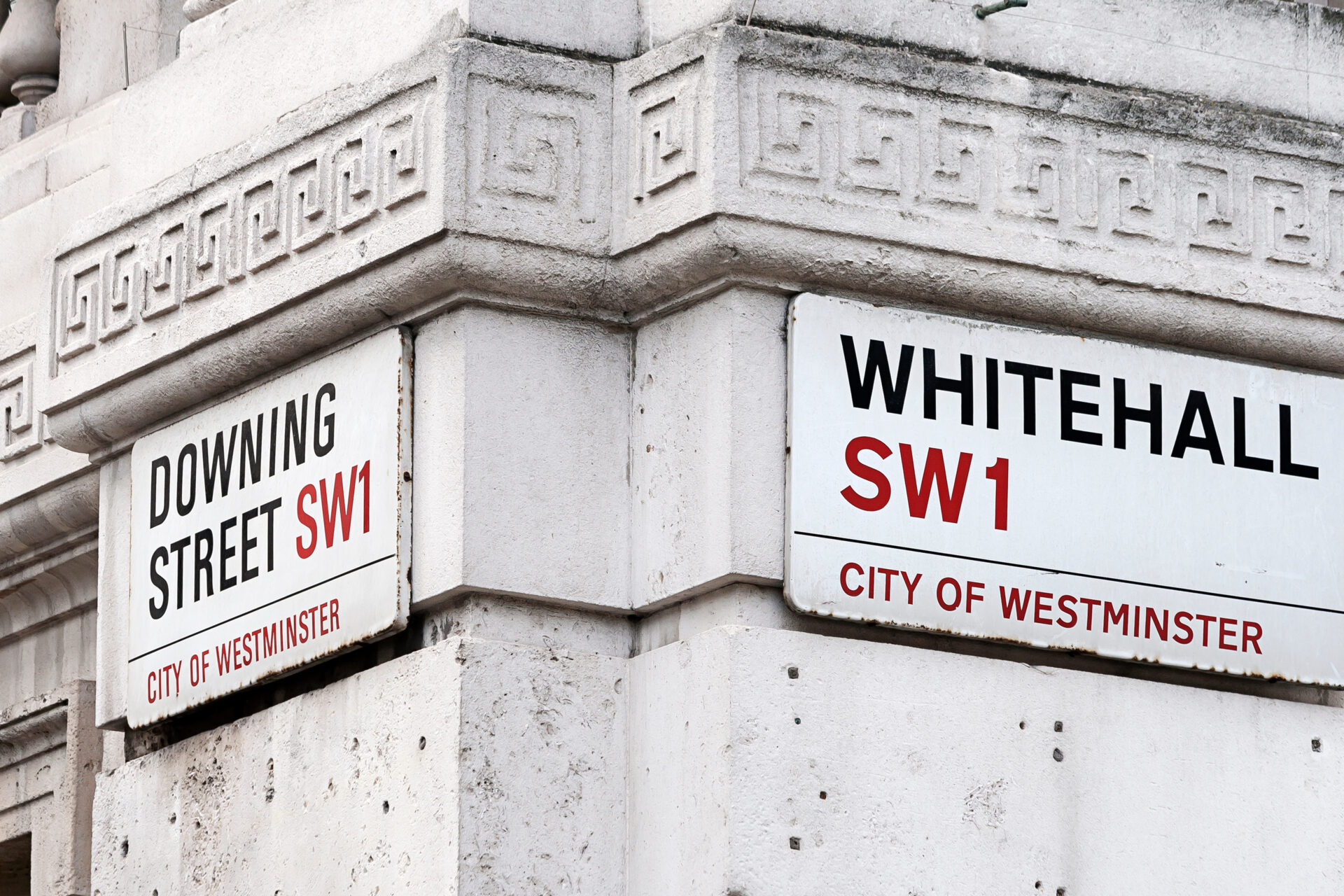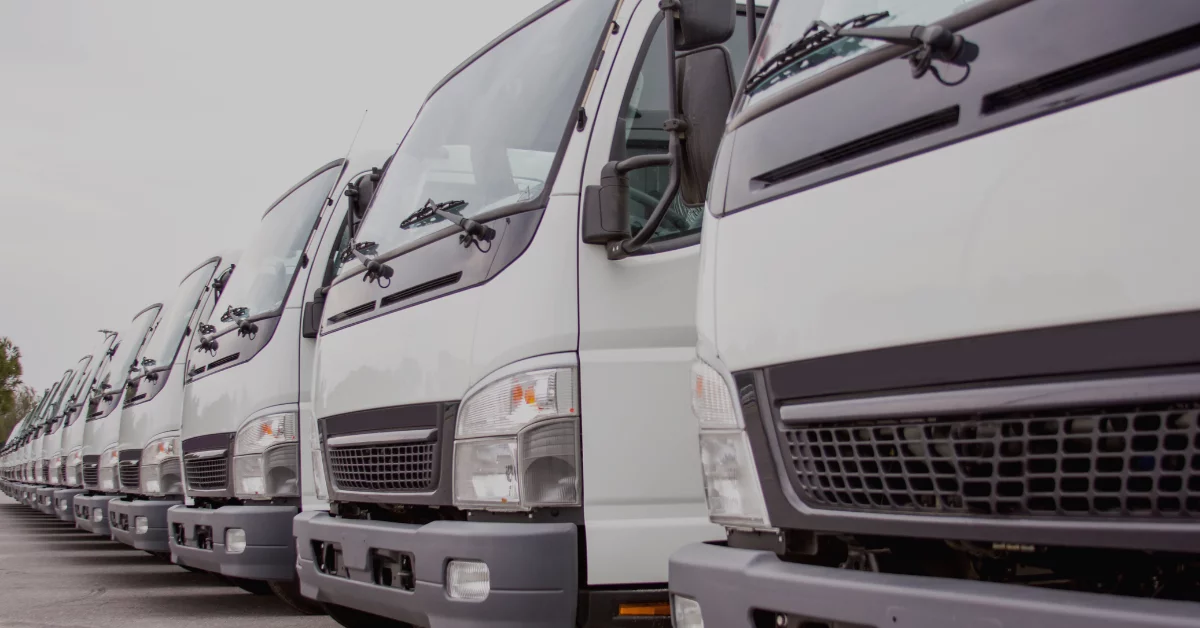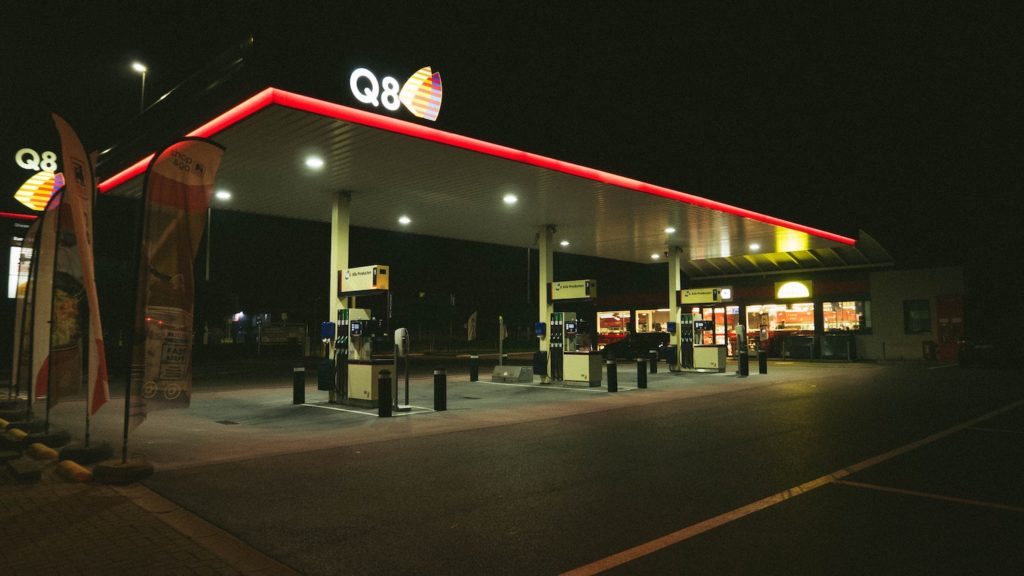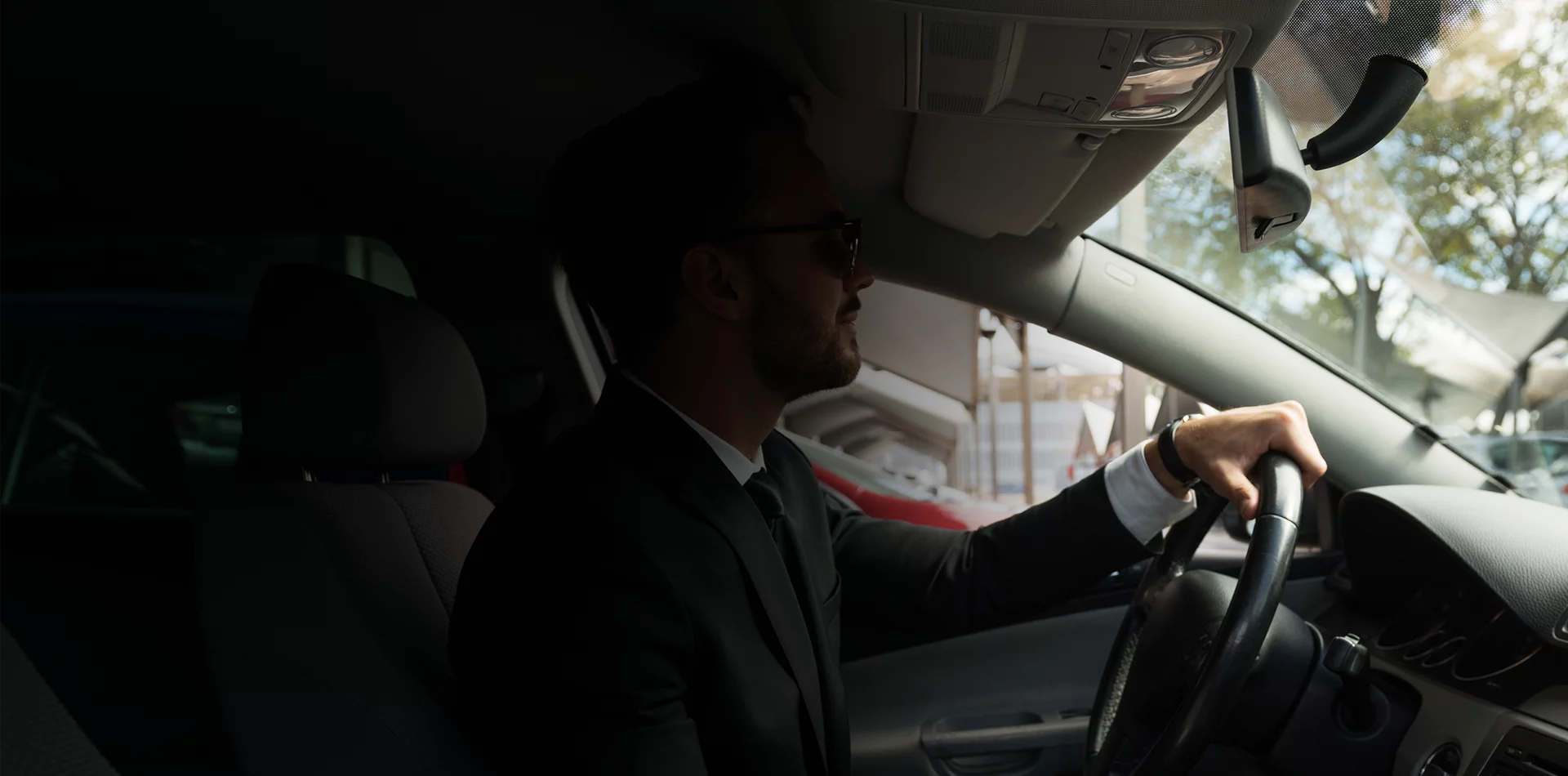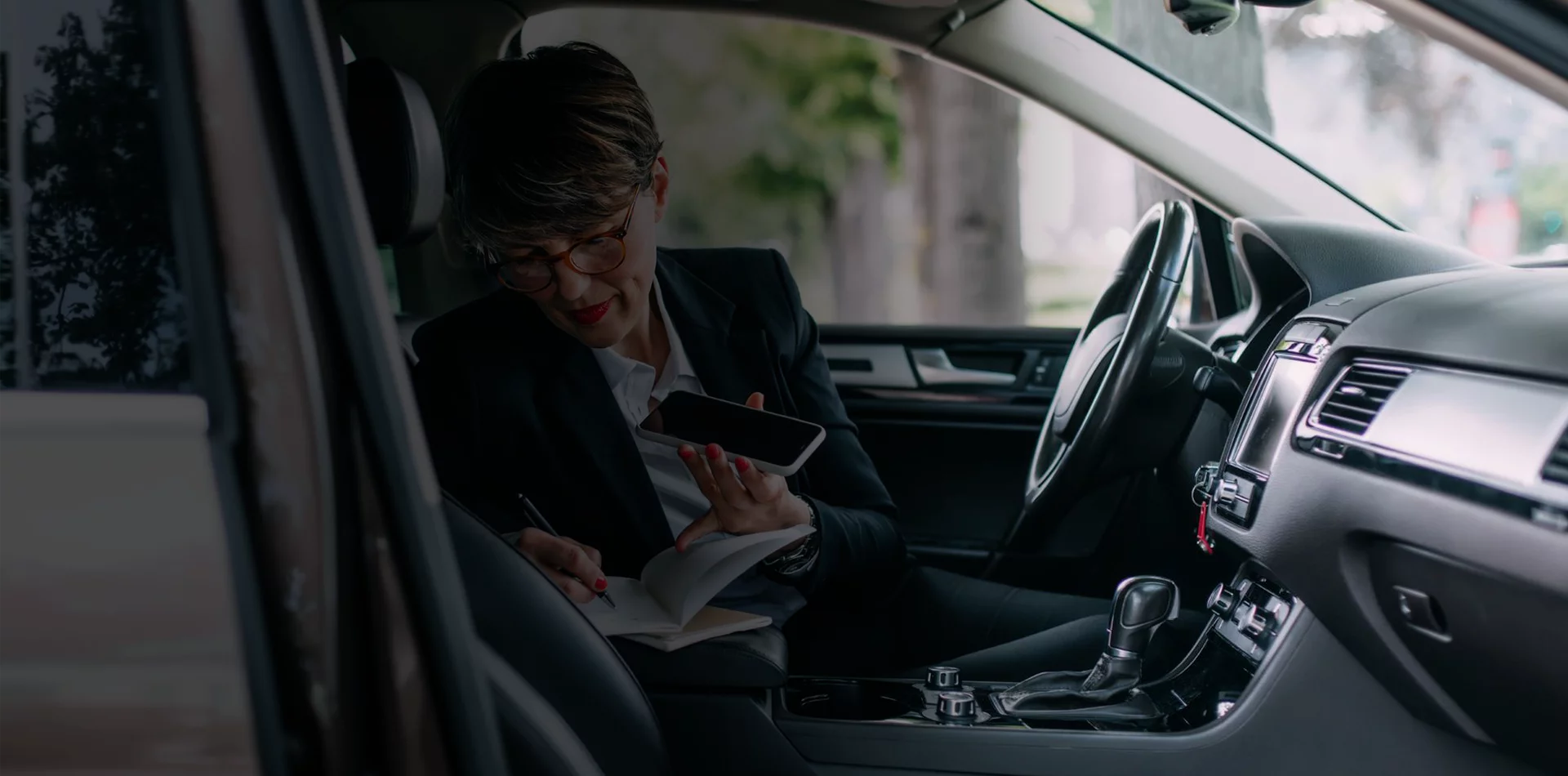You might be familiar with approved mileage allowance payments, but if you’re not being paid as much as you could, how do you go about getting the rest?
The cost of travel
If you’re someone who needs to use a personal vehicle for business, then you’ll be well aware of the costs associated with these journeys and how they can add up. The good news is, with a fuel card you’re able to manage your fuel expenses and claim tax relief for the business miles you’ve travelled. But how much can you receive? And how do you go about making a claim? Read on to find out.
How mileage allowance payments work
If your employer reimburses you for the costs accrued during journeys, including fuel and vehicle maintenance, this is known as a Mileage Allowance Payment, or MAP. HMRC have established guidelines for how much an employer can pay without incurring tax deductions, and these rates are called Approved Mileage Allowance Payments, or AMAPs.
These flat rates are divided between vehicle type, and the current rates are set at 45p per mile for the first 10,000 miles for cars and vans, and 25p per mile for any miles after that. For motorbikes, there is a standard rate which is 24p, and for cyclists, it’s 20p.
On top of this, you’re eligible for an additional 5p for any passenger travelling with you who works for the same company and is necessary for the trip.
For example, if you travel 13,000 miles in your personal car in a given year, you would multiply 45 pence per mile by 10,000, and then 25 pence per mile by 3,749, and add the figures together to get your total.
As previously mentioned, these rates are the maximum that a business owner can pay without the figure being affected by tax. If an employer pays more than this, the excess will be treated as additional salary, and will have to be taxed. However, if an employer pays less than this amount, then employees are able to apply for tax relief up to the AMAP rate.
Am I eligible to claim mileage relief?
At this point it’s worth reiterating that AMAPs only apply to personal vehicles, so you won’t be able to claim for the vehicle in question if it’s a company car. HMRC publish advisory fuel rates for company cars, which is much more dependent on vehicle type, so if your employer does utilise company cars then this will be relevant to you. These rates are updated quarterly so be sure to check the current guidelines to see how HMRC can help you calculate the fuel rate for the vehicle you use.
If it is a personal vehicle you use for business purposes, then there shouldn’t be any reason you aren’t eligible. However, you can only claim on journeys that fall outside of your usual trips to and from work, this is known as ‘ordinary commuting’ and isn’t eligible for tax relief.
There are two types of journeys to which AMAPs apply. The first is any travel to a temporary workplace, which is somewhere other than your permanent workplace and a location at which you’ll be working for 24 months or less. The second is scenarios in which you’re visiting clients or carrying out other tasks that require you to depart from your usual workplace commute. Of course, you cannot claim for any personal trip.
You can claim on any journeys that fall within these limits, but to double check, you can use the government’s guide to see if you are eligible for this expense claim.
How do I make a mileage claim?
If your employer isn’t paying you the full amount, then you’re able to apply for Mileage Allowance Relief (MAR) in order to be reimbursed completely. But before you apply for it, you must ensure you have accurate records of any relevant business trip you’ve undertaken, including mileage, destination, and purpose of trip.
This is crucial as HMRC can hand out fines if mileage hasn’t been accurately recorded, for example by using an online tool’s suggested route rather than the route actually taken. It will be easier if you keep digital records of these journeys, and there are plenty of mileage calculators out there that can help with keeping track.
The application process itself is fairly straightforward, but unfortunately it can be tedious and it may be some time before you actually receive the rebate. You’ll either have to fill out a self-assessment tax return, or fill in a P87 form. The government website offers a detailed guide on how to fill in a P87.
You can complete this P87 in three ways: online, by post, or over the phone. However, you can only use the P87 method if your Mileage Allowance Relief works out at £2,500 or less. For claims larger than this, you must use a self-assessment form.
Although the application process can be time-consuming, it’s well worth it to get that relief, especially if you do a lot of travelling for work. You can claim for as far back as four years, so if you’ve covered a lot of miles in that time without being properly reimbursed, you could be in for a substantial sum.
For an easier way to manage business finances as a whole, consider Soldo’s prepaid system, which will supercharge any business and streamline financial processes.
